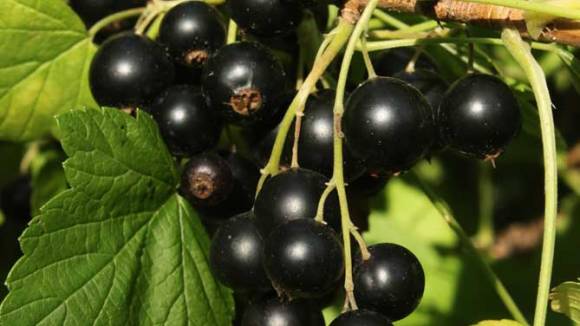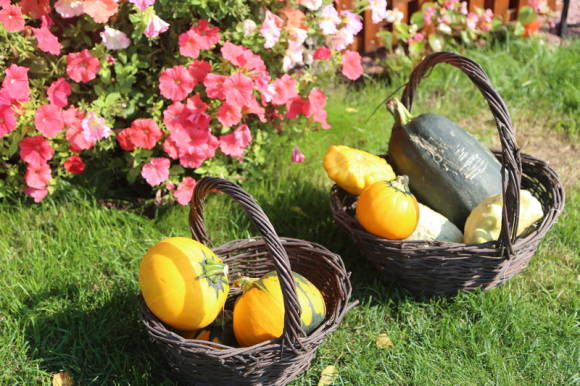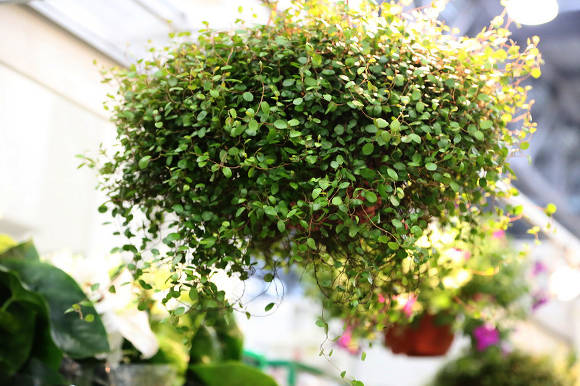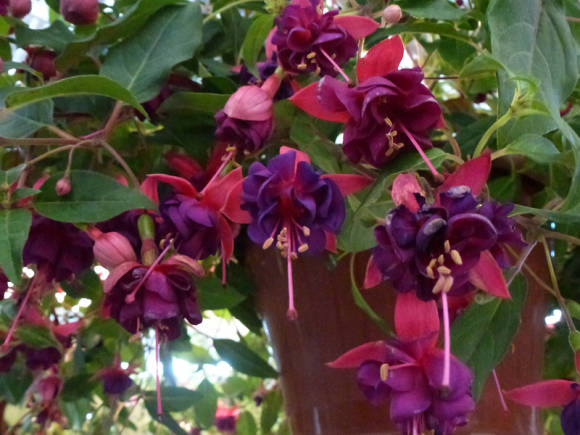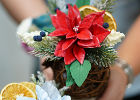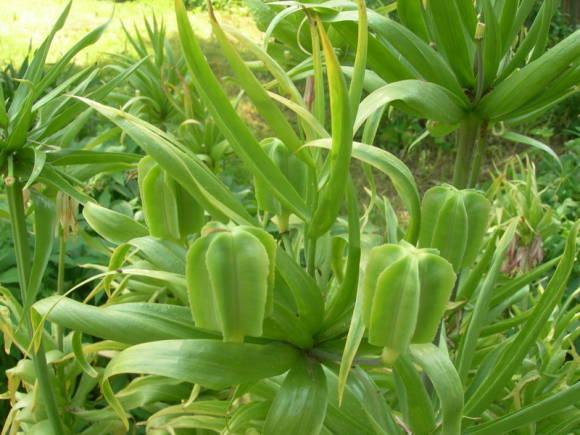
Is it worth propagating perennials by sowing freshly harvested seeds, and besides, in August? What kind of flower crops does it work with and what does not? Or maybe it's better to wait until spring with sowing, or you shouldn't bother at all and try to propagate them with seeds? The answer is different for each plant.
August is the time of withering
Indeed, many flower plants wither during this period and it looks like their seeds are ripe, but can they be sown? Quite, many perennial decorative flowers reproduce well by seeds, the main thing is to collect them correctly.
And they collect seeds like this
Each plant hides the seeds inside or flaunts it, that is, it behaves with the seeds as it wants. For example, take aquilegia, bells and carnations - their seeds are enclosed in interesting little boxes that are quite visible with the naked eye. What needs to be done to extract seeds from them? Just be patient a little - wait for the moment when the boxes are dry or cracked, then just cut off as many boxes as you need, and then carefully, by destroying each box, shake off the seeds in paper bags.
 |  |
We go further - rudbeckia, echinacea, daisies, geleniums, asters - it is better to cut these flowers as soon as their seeds turn brown, exactly a moment before the seeds scatter in the wind or simply crumble. A sign that the seeds are ready for sowing, that they are ripe, is the fluff formed in the very center of the inflorescence.
Lupine and similar plants - here the easiest way is to wait for the time when the pods darken, but you must not miss the moment of the pods cracking, otherwise the seeds will fall out on their own.
And now about sowing
Crops such as aquilegia, delphinium, lupines, primroses simply reproduce perfectly by seeds - here we do not mean some exotic species, but the most common and common. Literally a drop worse, but also good, it is possible to propagate by seeds, probably 80% of various bells, rudbeckia, echinacea, cyanosis, burnet, shirokolokolchik, sage, catnip, a variety of geraniums and carnations, as well as daisies and perennial asters. But - these crops are still better to sow in spring, although you can try to sow in August. In this case, it is imperative to throw dry grass over the crops, and put spruce branches on top of it.
 |  |  |
You can also risk sowing crops in August, such as ornamental onions, snowdrops, woodlands, crocuses and other bulbs - of course, with freshly harvested seeds, but again the soil needs to be covered, because the best time to sow them is earlier summer.

This is what it is worth safely sowing without fear and without any shelter in August, literally just collecting the seeds, so these are bathers, buttercups, anemone, gentian, basil, a variety of species of irises, lilies and peonies. Their seeds just need stratification in order to germinate, it will be provided by a quick cold and snow cover, to which from August it is not so long.
 |  |
Of course, we would not advise you to hope for a miracle. So, varietal peonies, irises, phloxes, daylilies, and hosts, although they will sprout, only a small percentage of seedlings will retain their decorative characteristics. Vegetative reproduction is provided for them.
When the seeds ripen
But back to the moment of seed ripening. It is far from always possible to accurately determine it and either collect still "raw" seeds, or miss this moment, and the seeds will scatter in the wind. In order not to miss a single seed, do as the breeders do - take the highest quality gauze and as soon as the flower withers, tie all the inflorescences with gauze so that the seeds spill out into the gauze themselves. Or use paper bags, but not plastic ones - there the seeds can lose their germination.
If we are talking about babies, such as primroses or liverworms, then ordinary tea bags can be used as bags for collecting seeds for them, just take cheaper tea - there the bags are thick and strong.You can fix them with ordinary paper clips. Thus, you will not lose a single seed.
 |  |
The seeds were collected, what's next?
After collecting the seeds, they must be slightly dried, preferably in a room where there is no draft, then separate from various debris or plant debris and start sowing, after digging up the soil well, loosen it up and make grooves or holes.
Some subtleties of sowing individual flowers

- White flower - his seeds are sown in August immediately after harvest, burying a centimeter into loose soil and sprinkling with a layer of humus. Further, it is advisable to cover the sowing site with a film, it will slow down the emergence of seedlings ahead of time. In the third or fourth year, you will see flowers.
- Hyacintoides, or Spanish screech - its seeds are sown to a depth of about 2 cm, leaving a distance of 15 centimeters between plants.
- Merendera - seeds are planted to a depth of 1 cm, the distance between them is left equal to 9 cm.
- The hellebore - the seeding depth is about 1 cm.
- Muscari - their seeds are sown to a depth of about 1.5 cm.
- Forget-me-not - it reproduces by seeds perfectly, you can sow it immediately after harvesting in August. The planting depth is about 1 cm, on top it can be sprinkled with a layer of soil 2 cm thick. In the spring they sprout very well.
- Primrose - let's say the August sowing of seeds, the seeding depth is slightly more than 1 cm, the distance between the seeds is about 30 cm.
- Pushkinia - their seeds are planted in August to a depth of 0.5 cm, sprinkled with a half-centimeter layer of fresh soil.
- Grouse imperial - it is quite possible to sow in August, it is desirable that in the end the distance between the plants is 40 cm.
- Chess hazel grouse - it is quite permissible to collect seeds and sow them in August, embedded 1-1.5 cm into the soil, no deeper.
- Proleska - as soon as the seeds are ripe, they can be sown without preliminary preparation. Ideally, they should be scattered over the surface of loose soil and sprinkled with a layer of other soil, 2 cm thick.
- Erantis - the sowing time of its seeds also falls in August, you can isolate them and sow them immediately, deepening them by 2 cm and leaving a distance of about 6 cm between the seeds.
Here's how many flowering plants, besides traditional vegetative methods, can be propagated by sowing seeds in summer.
